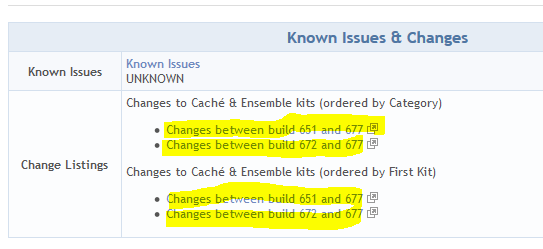sample
w "Total No.Of Sticks:21"_!
s sticks=21
r "enter machine name: ",a
r "enter dev name: ",b
w "Display 1 to 21 sticks"_!
s i=""
f i=1:1:21{
w " "_i_" "
}
user(sticks)
w !_"User select 1 or 2 or 3 or 4 sticks:"_!
r "User enter sticks: ",us
if us>4 {
w "please select upto 4 Sticks"
r "User enter sticks: ",us
}
s cnt=sticks-us
s sticks=cnt
f i=1:1:sticks {
w " "_i_" "
}
s dev=1
s machine=0
d:sticks=0 lost(dev,machine)
d machine(.sticks,us)
q
machine(sticks,us)


